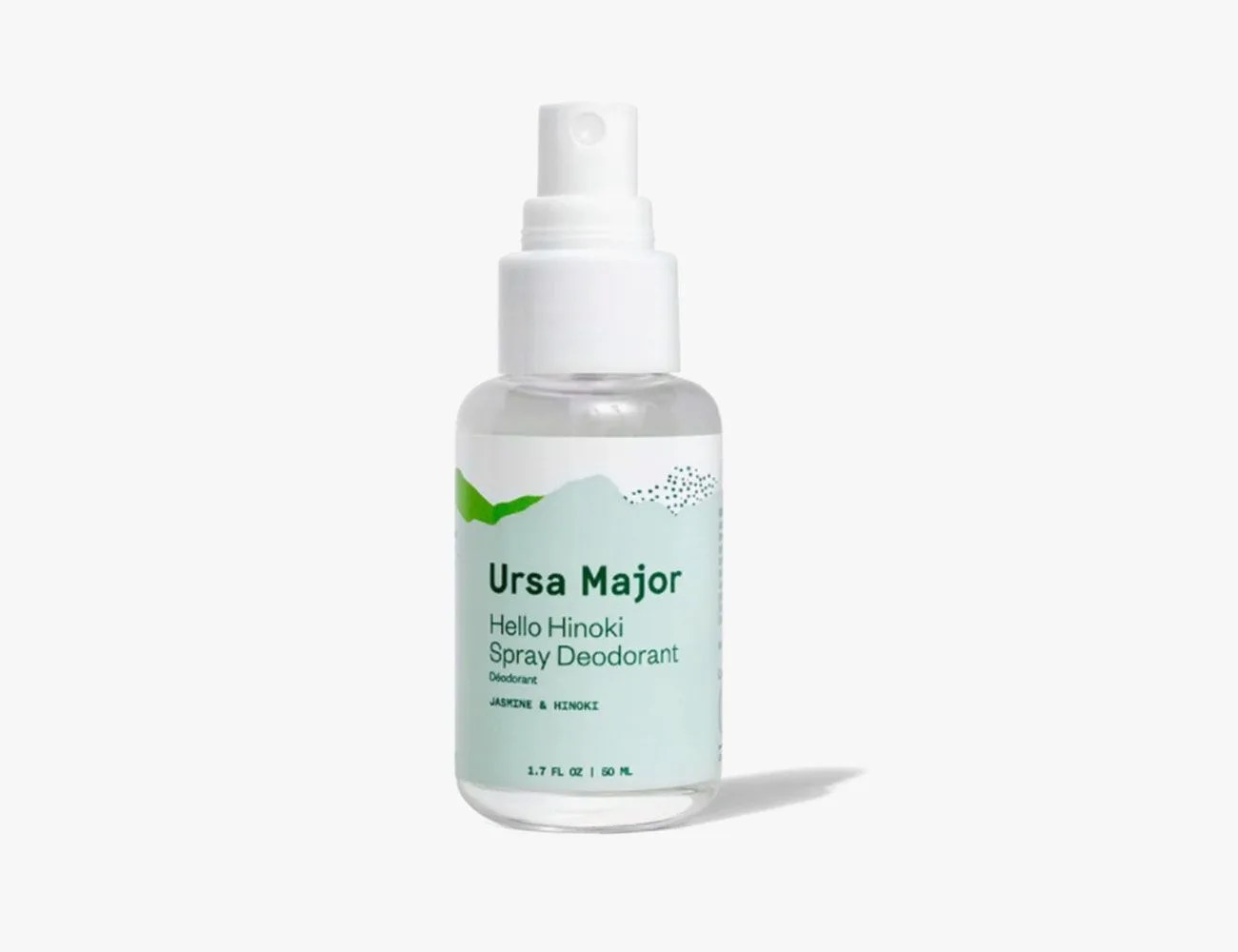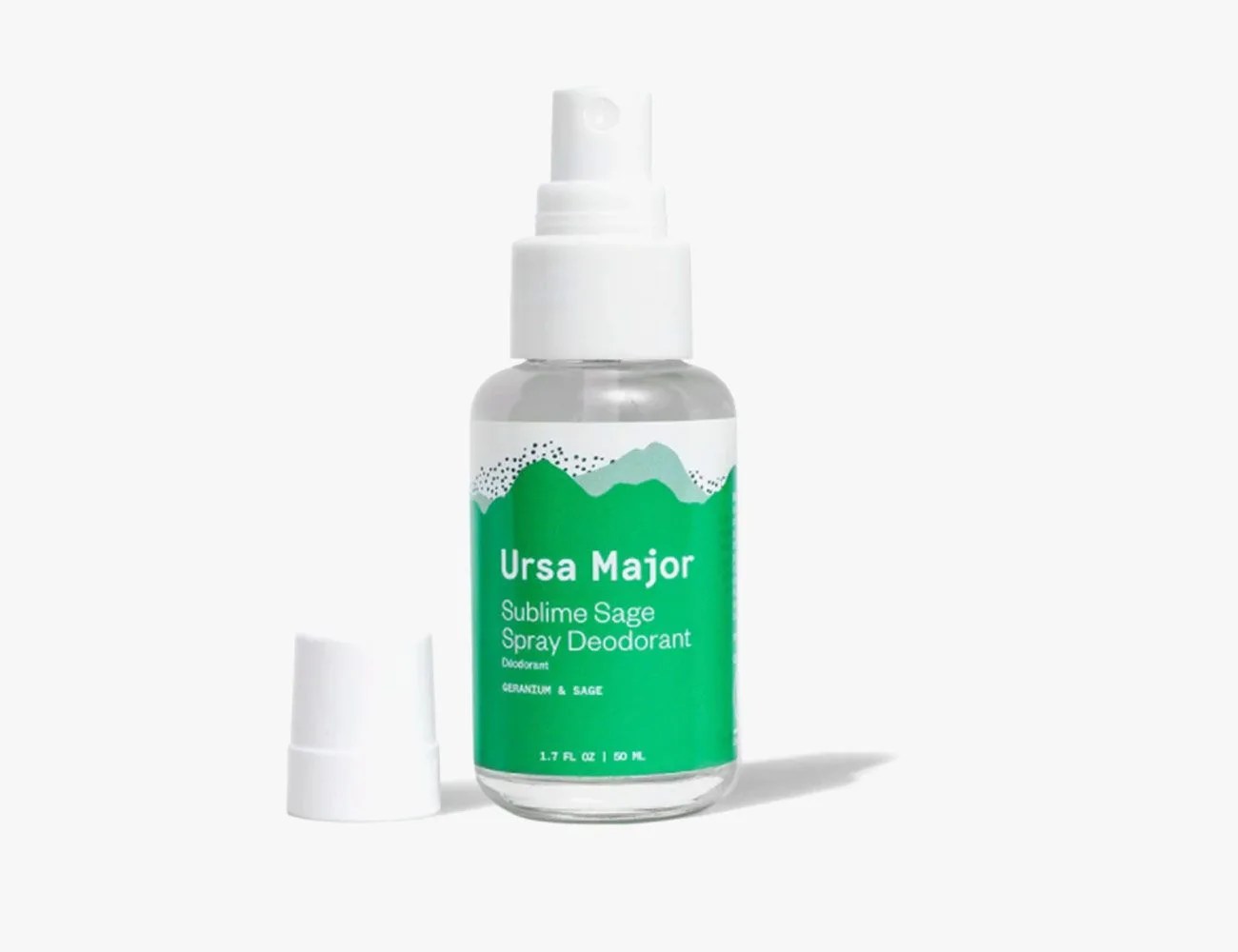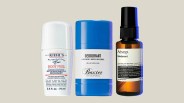I’m not ashamed to say I have sensitive armpits. It’s a mere fact. Just about every roll-on or rub-on deodorant will irritate the skin under my arms — it’ll burn, itch, or, even worse, peel. I suffer from contact dermatitis, an outbreak of red, itchy patches triggered by an allergen.
“Cosmetic allergy is a common and frustrating problem. A recent survey in the United Kingdom found that 23 percent of female subjects and 13.8 percent of male subjects will experience an adverse reaction to a personal-care product in the course of a year,” Dr. Matthew J. Zirwas, MD wrote in a report published by The Journal of Clinical and Aesthetic Dermatology.
For these subjects, and everyone else with this allergy, the enemy is invisible. Unlike with a food or ingredient allergy, deodorant additives are invisible, and nearly everywhere. Even if you sat through a patch test — which tests for allergic reactions by graphing and scratching the skin’s surface and exposing it to a selection of possible allergens (and then waiting for a reaction) — you’re unlikely to find a deodorant without the ingredient you’re asked to avoid.
“Following a positive patch test, finding deodorants or antiperspirants that are free of the detected allergens can be problematic for patients due to the widespread use of a number of common allergens,” Dr. Zirwas says.
According to his report, which surveyed deodorants sold at pharmacies like Walgreens, 93 percent of deodorants contained the popular cocktail of fragrance additives known to trigger contact dermatitis. This, and growing concern about aluminum exposure, have turned natural deodorant into a billion-dollar category of its own. They were free of the most widespread known allergens, and were typically applied in a gentler way.
With this new wave of “natural” deodorants came a change in aroma. Soapy-, manly- and minty-smelling deodorants disappeared; complex, cologne-like fragrances took over. Nowadays, aromatics aren’t an impressive achievement. It’s all about application here in 2022.







